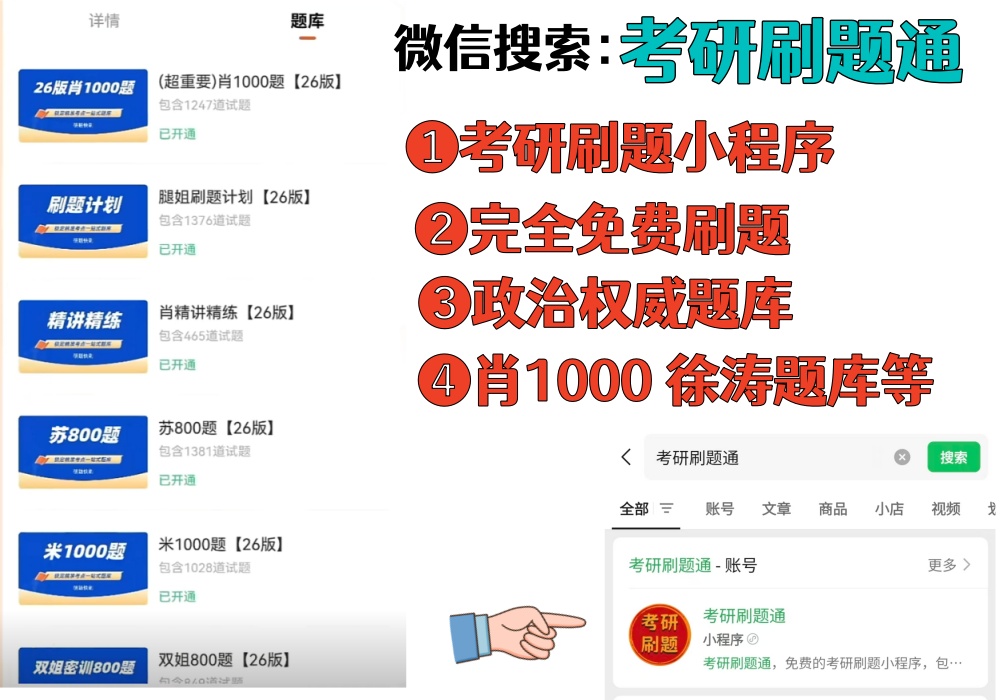Mastering English II Translation: Your Ultimate Guide to Success
Are you struggling with the translation section of the English II exam? Fear not! This comprehensive guide is designed to help you navigate the complexities of English-to-Chinese translation with confidence. Whether you're a beginner or looking to refine your skills, our expert tips and answers to common questions will empower you to tackle any translation challenge. From understanding the exam format to mastering key strategies, this resource has got you covered.
Common Translation Challenges and Solutions
Translation can be a daunting task, especially when you're under time pressure. Here are some of the most frequently asked questions about English II translation, along with detailed answers to help you excel.
1. How Can I Improve My Translation Accuracy?
Accuracy is crucial in translation, and achieving it requires a combination of linguistic knowledge and practice. One effective strategy is to familiarize yourself with common idioms and phrasal verbs in both English and Chinese. This will help you avoid literal translations that often sound unnatural in the target language. Additionally, practicing with a variety of texts can enhance your ability to recognize subtle nuances. Remember, the more you practice, the better you'll become at discerning the intended meaning behind complex sentences. It's also helpful to review your translations critically, identifying areas where you might have misinterpreted the source text. This self-assessment process can significantly improve your accuracy over time.
2. What Are the Best Techniques for Handling Long Sentences?
Long sentences in English can be particularly challenging to translate into Chinese, where the structure often differs. A useful technique is to break down the sentence into smaller clauses and translate each part individually. This approach ensures that you capture the original meaning while maintaining clarity in the target language. Another strategy is to reorganize the sentence structure to better fit Chinese syntax. For example, English sentences typically follow a subject-verb-object pattern, whereas Chinese sentences may place the subject at the beginning but emphasize the verb or object differently. By understanding these structural differences, you can create more natural-sounding translations. It's also beneficial to practice summarizing long sentences in your own words before translating them, which can help you focus on the key elements and avoid getting bogged down in minor details.
3. How Do I Deal With Unknown Words or Phrases?
Encountering unfamiliar words or phrases is a common issue in translation, but there are several ways to handle them effectively. First, try to deduce the meaning from the context. surrounding words and sentences can often provide valuable clues about the intended meaning. If you're still unsure, it's okay to use a dictionary or online resource, but be cautious about relying too heavily on literal translations. Sometimes, a word or phrase may have multiple meanings, so consider the overall tone and purpose of the text to choose the most appropriate interpretation. Additionally, practicing with a variety of texts can expand your vocabulary and make you more comfortable with encountering new words. Over time, you'll find that you're able to handle unfamiliar terms with greater ease, which can significantly improve your translation efficiency and accuracy.


.jpg)
.jpg)
.jpg)
.jpg)
.jpg)


.jpg)
.jpg)